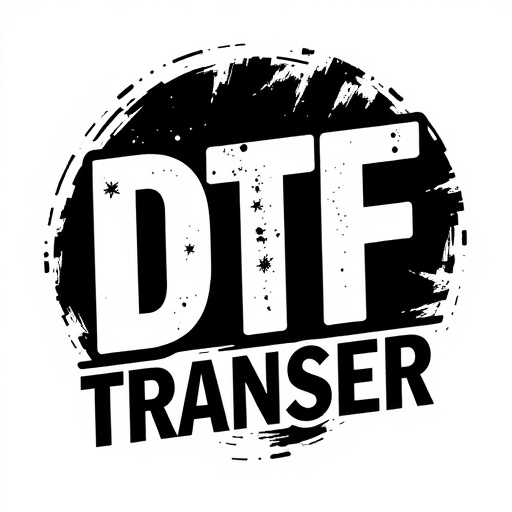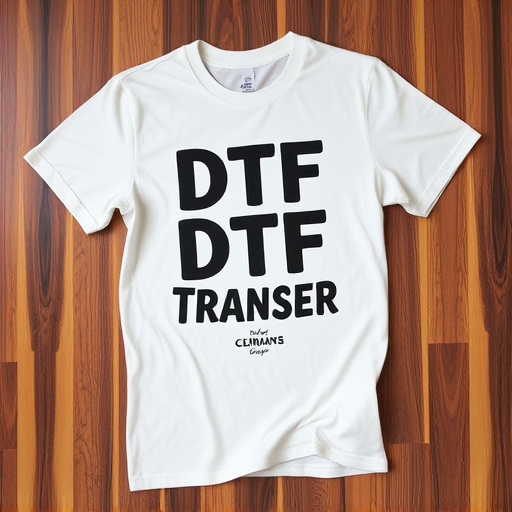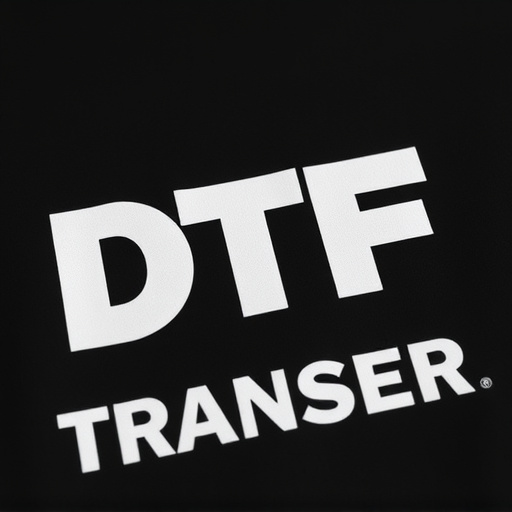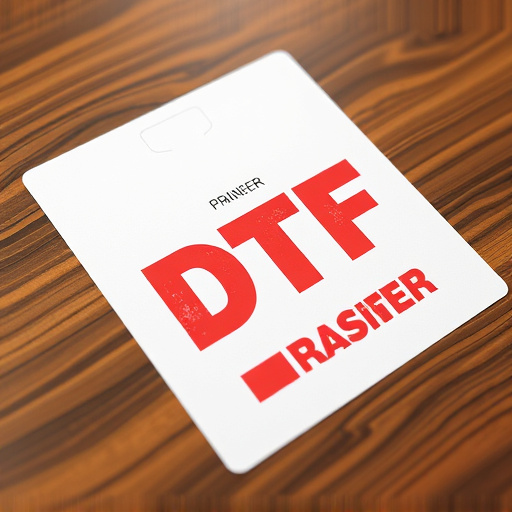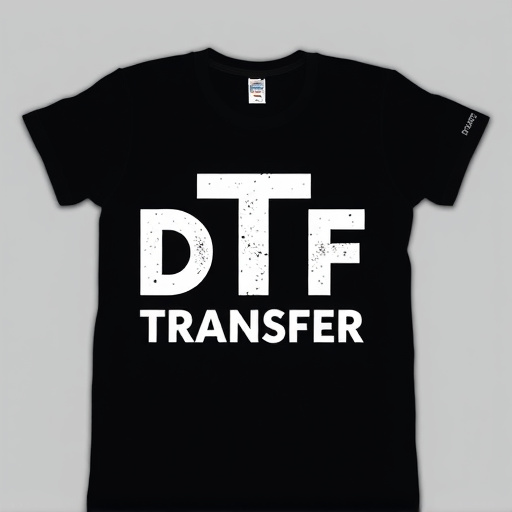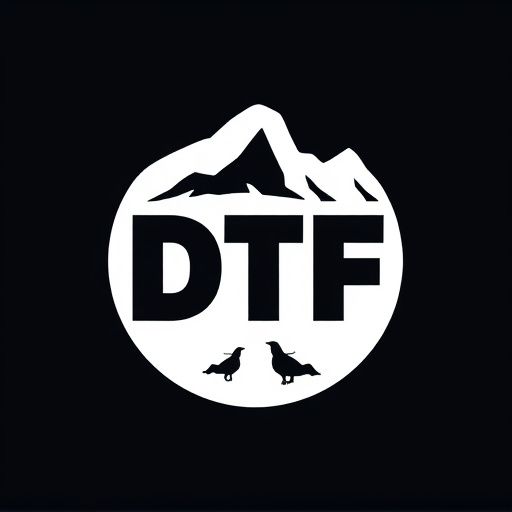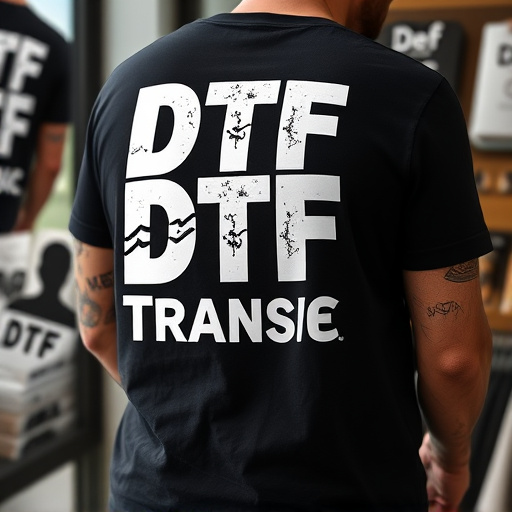Direct-to-Film (DTF) transfer is a revolutionary printing method that cuts costs and streamlines production by directly applying ink to surfaces like film. This approach enables high-quality, vibrant DTF prints accessible to small businesses, artists, and individuals, simplifying creative processes without breaking the bank. Choosing a reputable printing service, selecting suitable materials, and optimizing design for DTF transfer can lead to outstanding, cost-effective results. Case studies demonstrate that entrepreneurs can successfully launch DTF printing ventures with minimal investment, focusing on unique selling propositions and targeted marketing.
“Discover the world of direct-to-film (DTF) transfer—a game-changer for budget-conscious creators. This cost-effective printing method allows you to produce high-quality prints without breaking the bank. In this comprehensive guide, we’ll explore the benefits and intricacies of DTF transfer, offering valuable insights for those seeking affordable yet impressive results. From understanding the process to choosing the right service and designing with cost-saving tips, get ready to unlock a world of creative possibilities with DTF.”
- Understanding Direct-to-Film (DTF) Transfer: Unlocking Cost-Effective Prints
- Benefits of DTF Transfer for Budget Buyers
- Choosing the Right DTF Printing Service
- Material Considerations for DTF Prints: Cost vs. Quality Trade-Offs
- Designing for DTF: Tips to Minimize Costs
- Case Studies: Successful DTF Transfers on a Budget
Understanding Direct-to-Film (DTF) Transfer: Unlocking Cost-Effective Prints

Direct-to-Film (DTF) transfer is a cutting-edge printing method revolutionizing the way we produce physical prints. Unlike traditional printing techniques, DTF involves transferring ink directly onto various surfaces, including film, without the need for intermediate rollers or plates. This innovative approach offers numerous benefits, particularly for budget-conscious buyers seeking high-quality prints.
By eliminating the complexities of setting up and maintaining specialized equipment, DTF transfer significantly reduces production costs. It allows for a more direct and efficient printing process, enabling the creation of stunning DTF prints with vibrant colors and exceptional detail. This technology is especially valuable for small businesses, artists, and individuals who want to bring their creative visions to life without breaking the bank.
Benefits of DTF Transfer for Budget Buyers
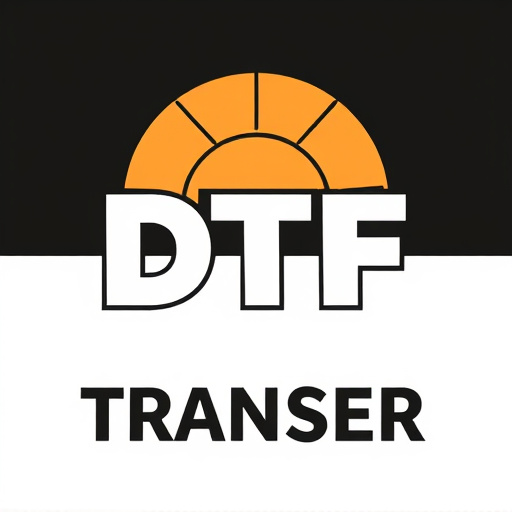
Direct-to-film (DTF) transfer offers a cost-effective solution for budget-conscious buyers looking to print custom designs on various surfaces. Unlike traditional printing methods, DTF eliminates the need for costly set-up fees and intricate plate preparation, making it an accessible option for small businesses and individual entrepreneurs. This process allows for on-demand production, enabling users to print only what they need, when they need it, without overwhelming overhead costs.
With DTF Transfer, buyers can achieve vibrant, high-quality prints on a range of materials, from textiles to plastics and metals. The direct application of ink onto the film ensures precision and accuracy in reproduces complex designs with minimal fuss. Additionally, this technology streamlines the printing process, reducing production time and labor costs. As a result, budget-conscious consumers can enjoy professional-quality custom prints without breaking the bank.
Choosing the Right DTF Printing Service
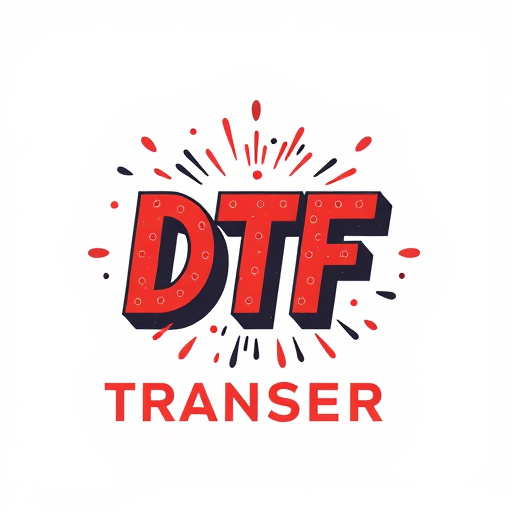
When considering a direct-to-film (DTF) transfer for your next project, it’s essential to research and select a reputable DTF printing service that aligns with your budget and requirements. With numerous options available, understanding the key factors will help you make an informed decision. Look for services that offer high-quality prints with precise color accuracy, ensuring your final product meets or exceeds expectations.
Reputation and customer reviews are vital indicators of a reliable DTF printing service. Check their portfolio to assess the variety and quality of their previous works. Additionally, inquire about turnaround times and minimum order quantities to ensure they can accommodate your project’s needs without compromising speed or volume. Remember, choosing the right DTF printing partner is a significant step towards achieving outstanding, budget-friendly results.
Material Considerations for DTF Prints: Cost vs. Quality Trade-Offs
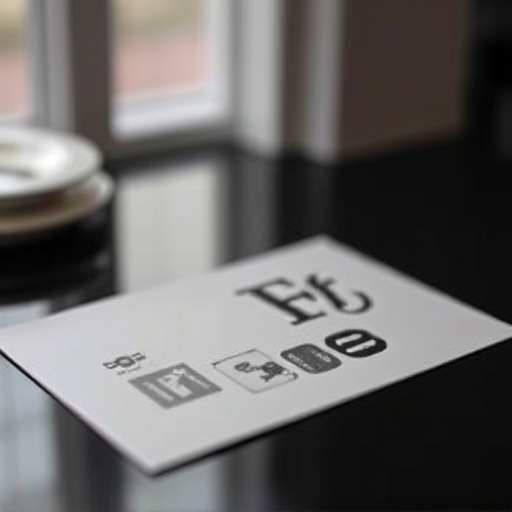
When considering direct-to-film (DTF) transfers for prints, material choices play a significant role in balancing cost and quality. The first step is to understand that different materials cater to various needs, with each possessing unique properties. For budget-conscious buyers, cost-effective options like vinyl or polycarbonate films might be preferable. These materials offer good durability and can produce sharp, detailed prints. However, they may not match the vibrant colors and fine details achievable with high-end, specialized printing films.
Quality-focused DTF transfer users often opt for more premium materials, such as high-resolution print films or metallic foils. While these options can deliver superior visual results, they come at a higher price point. The trade-off is evident: cheaper materials may require more frequent replacements due to wear and tear, while higher-quality ones can offer longer lifespan but demand a larger initial investment. Ultimately, the choice depends on individual printing needs, frequency, and budget constraints.
Designing for DTF: Tips to Minimize Costs
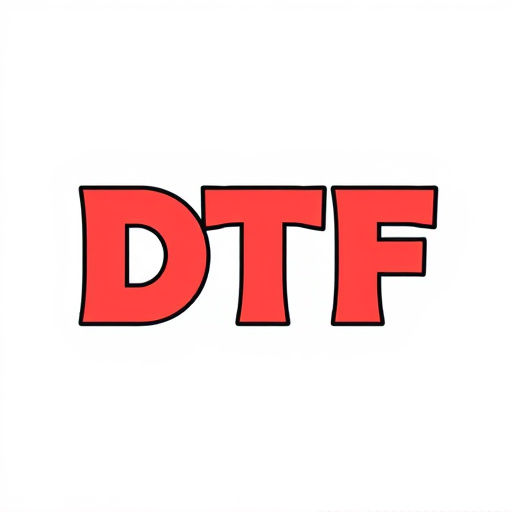
Direct-to-film (DTF) transfer offers an affordable way to produce high-quality prints, but minimizing costs is key for budget-conscious buyers. One effective strategy is to optimize your design for DTF printing. Start by using simple and bold graphics with minimal detail; intricate patterns can increase the complexity of the print process, driving up costs. Stick to a limited color palette, avoiding excessive use of special effects or fine lines, which may require more advanced printing techniques.
Additionally, keep in mind that larger prints tend to be more expensive due to increased material and labor requirements. Opting for smaller DTF prints can significantly reduce costs without compromising visual impact. Lastly, consider file format and resolution; using high-resolution images might result in higher file sizes and, consequently, higher printing fees. Downsizing your files to the recommended specifications for DTF printing can help keep costs manageable while still delivering clear, vibrant results.
Case Studies: Successful DTF Transfers on a Budget
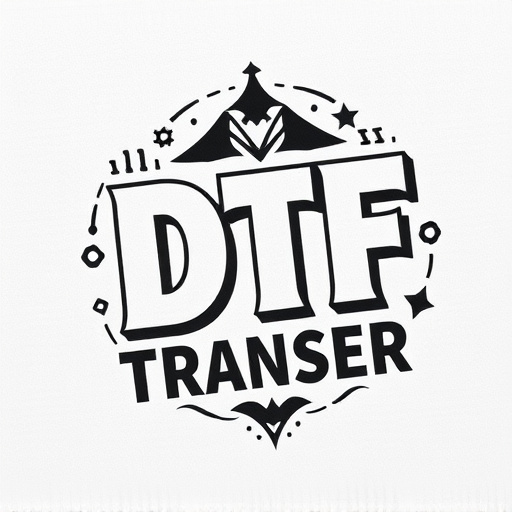
In the realm of direct-to-film (DTF) transfers, budget-conscious buyers often wonder if achieving high-quality prints is feasible without breaking the bank. Several case studies prove otherwise. For instance, small businesses and independent artists have successfully launched DTF printing ventures with minimal investment. These entrepreneurs leveraged cost-effective materials, optimized print settings, and strategic marketing to offer competitive pricing without compromising on print quality.
One standout example involves a local t-shirt shop that utilized recycled substrates and eco-friendly inks for their DTF prints. By partnering with like-minded brands and promoting their sustainable practices, they attracted environmentally conscious consumers. This niche strategy not only secured a loyal customer base but also enabled them to offer affordable DTF transfers without sacrificing business viability. Such success stories demonstrate that even on a tight budget, aspiring entrepreneurs can thrive in the DTF transfer market by focusing on unique selling propositions and targeted marketing.

